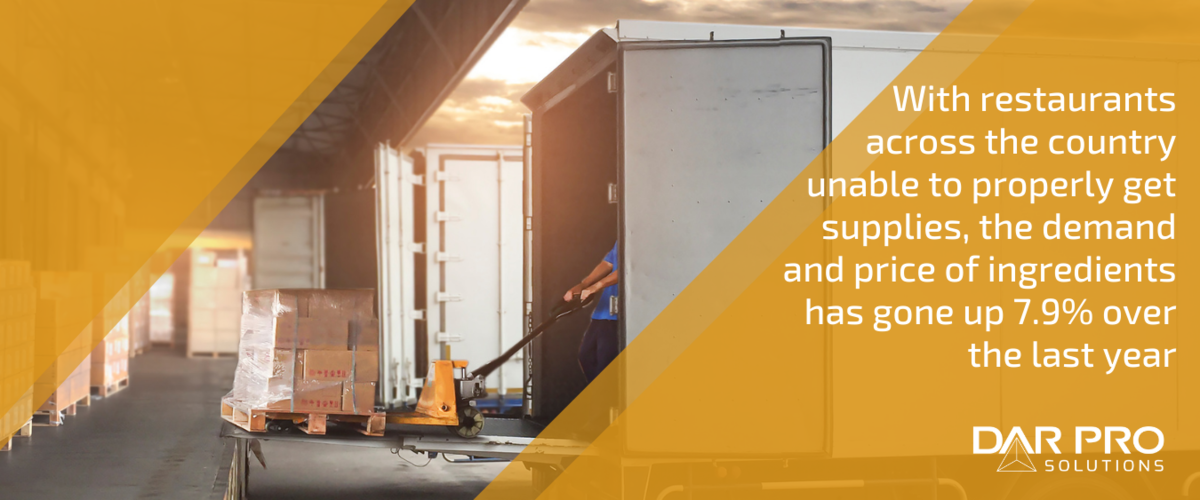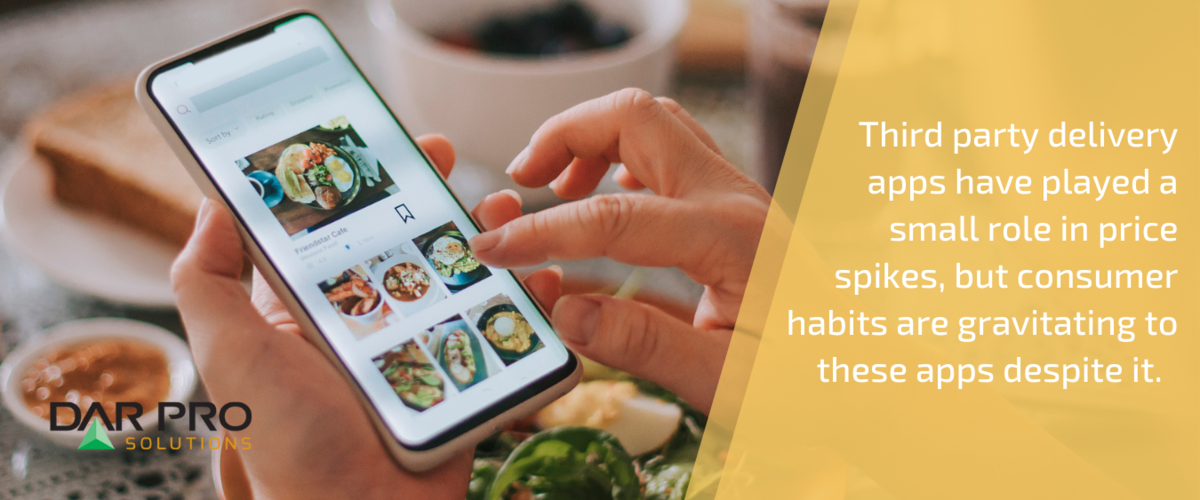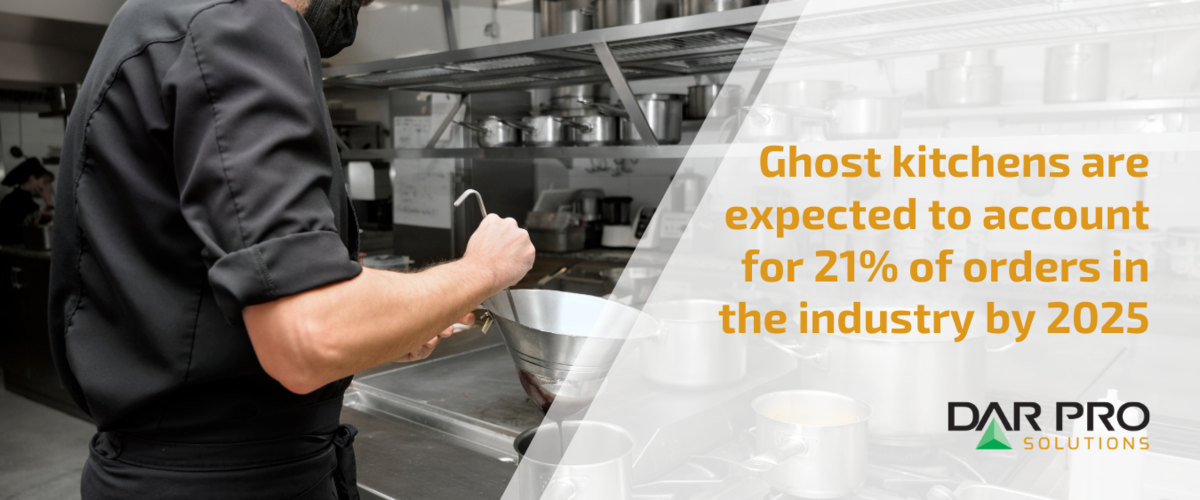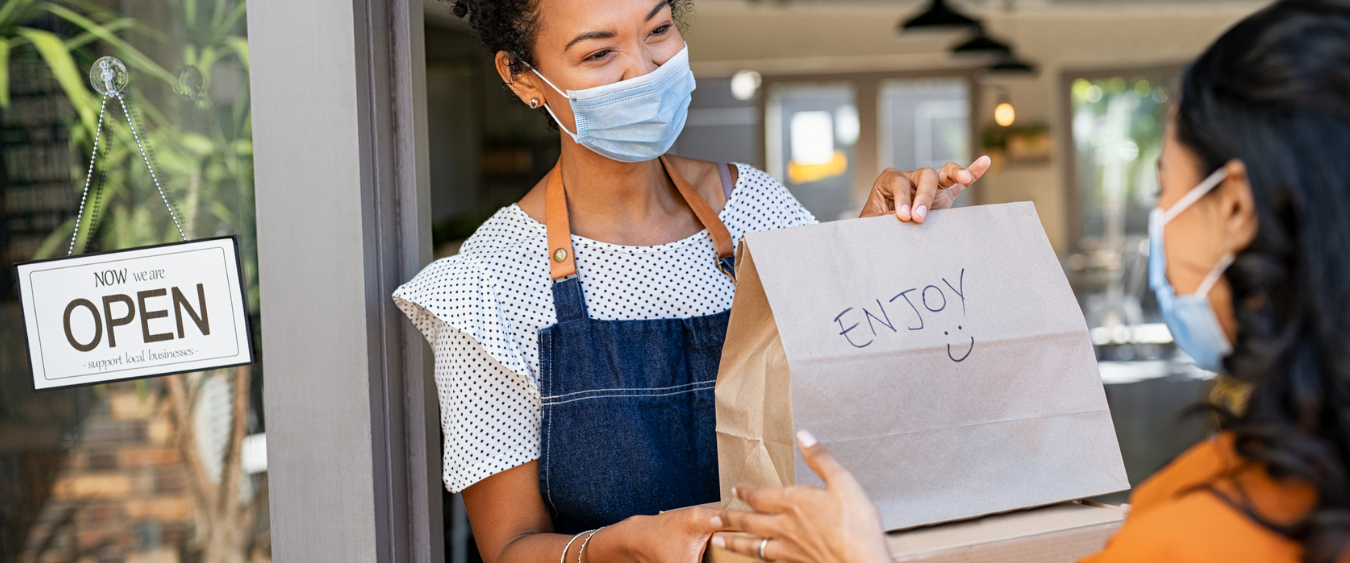Labor shortages affecting future of restaurants
COVID-related ordinances that resulted in restaurants closing dine-in options disrupted the workforce. In February 2020, just before the start of the pandemic, the number of restaurant workers in the United States was more than 650,000. It plummeted to a little more than 200,000 just 60 days later as businesses shuttered their doors.
Once things began to open back up, a labor shortage emerged that is still affecting the industry today. According to one study, restaurant staffing is currently down 21%, and 78 percent of restaurant owners reported that they do not have enough workers to meet customer demand. It has forced restaurants to operate with shorter hours and fewer days. When open, kitchen staff are spread thin and customer service has suffered as restaurants are trying to return to normal levels of production with fewer people.
Technology is helping combat labor shortages
Restaurants have turned to technology and automation in commercial kitchens to try to account for the production gap and staffing shortage. One report found that 87 percent of restaurant operators have used or plan to use technology to make up for labor shortage. Checkout kiosks and facial recognition for automated ordering among many examples of how quick service restaurants are trying to optimize the ordering process with less manpower required. In 2020, White Castle announced its intent to utilize Flippy – a burger flipping robot first tested in a CaliBurger in 2018 – in its kitchens to make up for a lack of staffing.
Other brands like Wing Snob are automating maintenance tasks like cooking oil recycling as another way to save time and money on labor costs while simultaneously shrinking the liability of handling hot used cooking oil.
Labor shortages have forced the restaurant industry to get creative when it comes to maintaining similar production levels to meet demands, and technology is assisting in that goal.

Supply chain issues are among growing food industry trends
Supply chain issues are a trend that began to surface in 2021 and will only continue into 2022 and beyond. This has been a product of both the pandemic, inflation and other world events, and it has put restaurants in a bind: kitchens are struggling to get an adequate amount of supplies and ingredients needed to make all menu items.
Food prices are rising
With restaurants across the country unable to properly get supplies, the demand and price of ingredients have gone up. Food prices have climbed 7.9% over the last year, according to the Bureau of Labor Statistics’ Consumer Price Index.
Restaurant budgets already operating within thin margins are having to cope with higher prices to make their food. Good news on the horizon though. A couple of studies have shown that prices will eventually begin to dip by the end of Q2 2022.
How are restaurants combatting the rise in food prices?
Ordering from local suppliers
As commercial kitchens deal with supply chain delays and skyrocketing food costs, some businesses are ordering from local suppliers to get kitchen ingredients. Getting supplies from sources closer to the store reduces long delivery times and keeps those expensive ingredients fresher for longer.
Limited menus is a future restaurant trend
Soaring food and labor costs and supply chain backlogs are causing restaurant menus to shrink as businesses do their best to adapt to what they have in stock and available to make within their budget.
One way to account for menus becoming more condensed is rotating menu items. Instead of having 12 mainstays on the menu, choosing six or eight at a time and rotating the others in-and-out throughout the year is helping restaurants make the most of what is available. Condensed menus also allow restaurants to more efficiently order ingredients in bulk. Cutting less popular menu items allows kitchens to order more of what sells better.
Limited menus are a trend that you will continue to see with restaurants in 2022 and beyond, at least until food prices become cheaper and the supply chain issue subsides.
Contactless ordering, pickup and delivery
Contactless ordering via takeout and delivery was already becoming more popular before the pandemic, but it only increased its popularity as consumers’ dining habits shifted. For a period of time, takeout and delivery were the only options, and some consumers have made that a more permanent habit. The percentage of delivery and to-go orders per year has gone up by at least eight percent per year since the start of the pandemic.
Restaurants are also incorporating more efficient payment methods to make the process easier and more efficient for customers.
Contactless payment methods
Restaurants are optimizing delivery and takeout ordering processes as a result. This has helped restaurants with labor shortages and falls in line with consumers' dining habits. Contactless payment methods have become more popular along with it.
According to one survey:
- 94 percent of restaurants say they currently offer contactless payment options
- More than three out of four restaurants say they take mobile wallet apps
- While 50% take QR code payments

Third-party delivery apps
Third party delivery apps have played a small role in price spikes, but consumer habits are gravitating to these apps despite it. In a study conducted in March 2022, 51 percent of U.S. consumers reported having used a third party delivery app, up from 47 percent a year prior.
Apps like Uber Eats, Grubhub, DoorDash and others were already growing popularity, but have skyrocketed over the last 24 months. What is already a $26 billion industry is expected to jump to $42 billion by 2025 as these apps become more readily available in communities where they previously were not and consumers continue to gravitate toward delivery ordering.
Food lockers for to-go food
Traditional curbside pickup is a convenient way for a customer to get food on the go, but it also requires restaurant staff to come out and bring the food to the customer. Some businesses are implementing food lockers that allow the customer to grab the food on their own, saving time and labor.

Ghost kitchens are here to stay
With operational costs rising, many traditional brands as well as start-ups are utilizing ghost kitchen concepts to more efficiently get food to their consumers. A ghost kitchen is a large facility that rents out kitchen space to various brands. Think of it as a condensed kitchen with no dine-in area. The idea is to being to streamline the process while cutting labor costs and maximizing space and production.
So, if your favorite wing place wants to enter a market without constructing a full-sized store, it can rent out a ghost kitchen space and offer a delivery option. A trend that was already on the rise pre-pandemic, ghost kitchens are expected to account for 21% of orders in the industry by 2025, according to one report.
The restaurant industry is rapidly evolving, and these trends are a few of the many that are facilitating that evolution as businesses are adapting to find new ways to reach customers.
DAR PRO Solutions provides used cooking oil recycling and grease trap maintenance service to restaurants across the country. Our program and used cooking oil storage tanks make kitchens safer and more efficient. Reach out to a DAR PRO representative today and find out how your business can benefit from our program. Call us 24/7/365 at 855-DAR-PRO1 (855-327-7761).
Contact Sales
For customer service inquiries call our toll free number (855) 327-7761
By submitting this form I agree to the privacy policy including the usage of contact details to contact me for marketing purposes.
